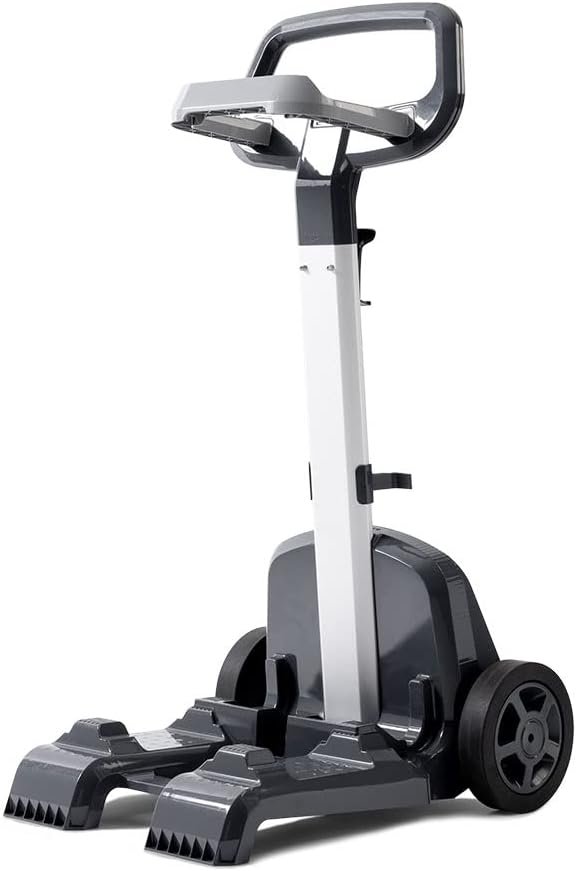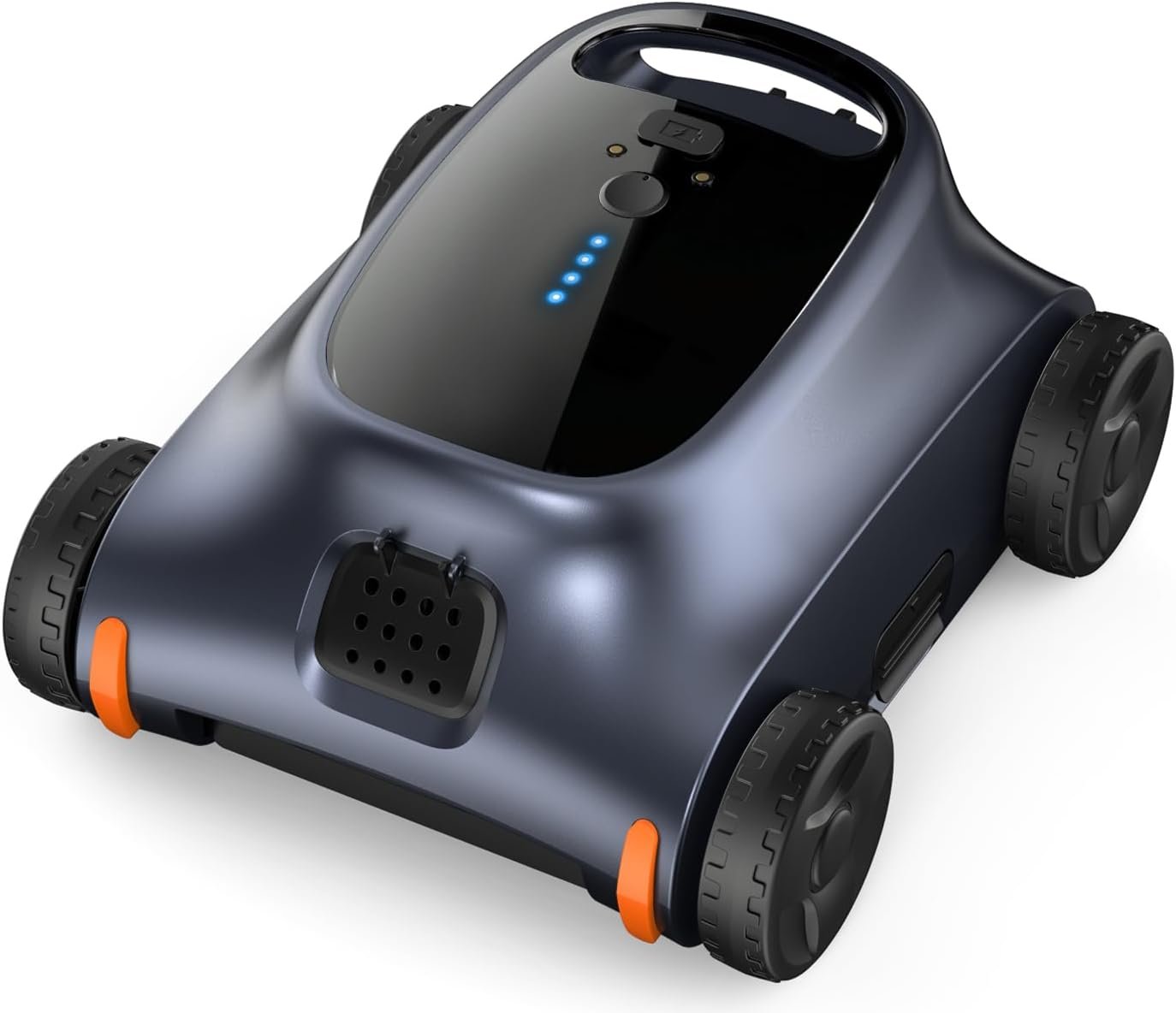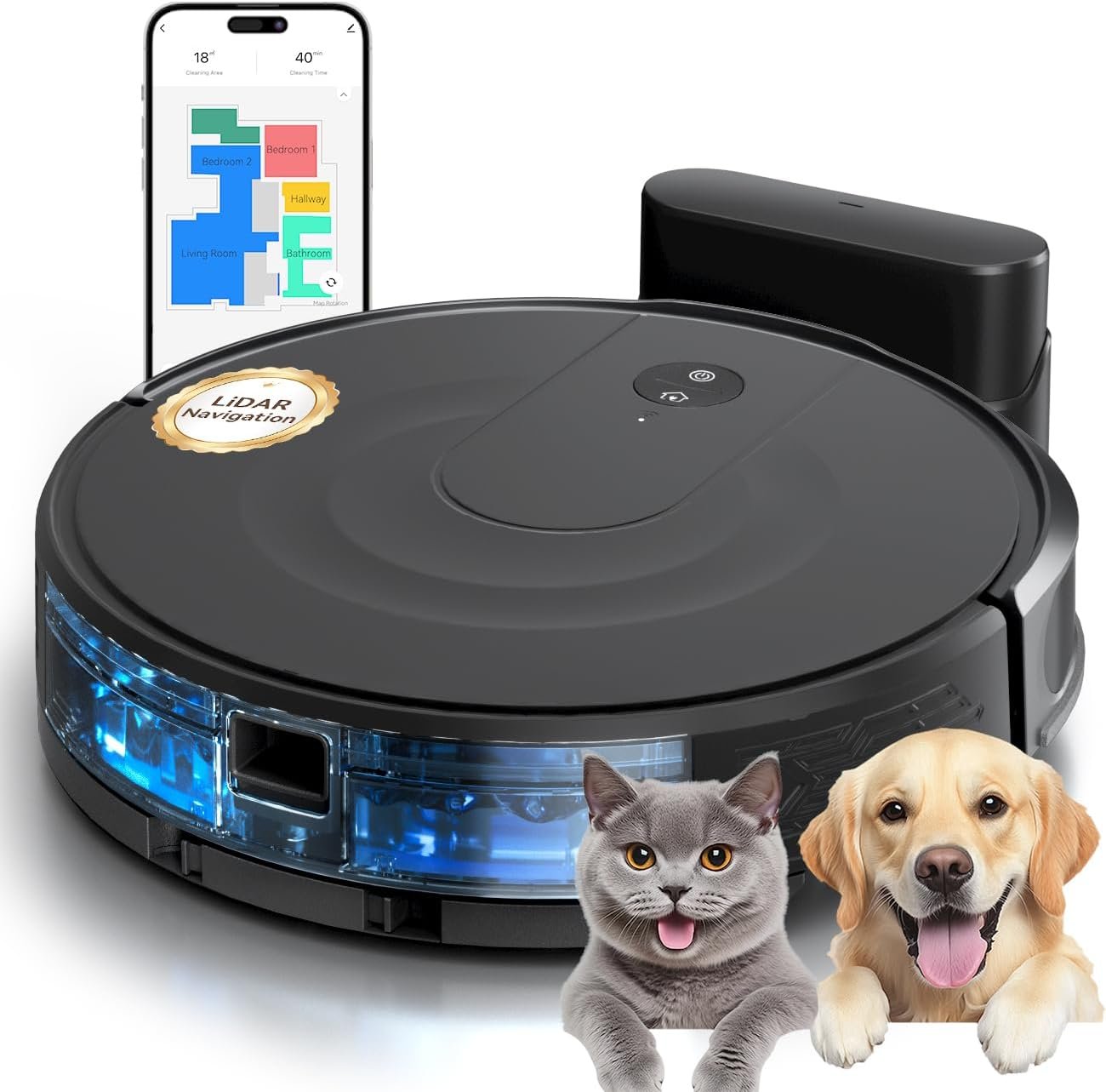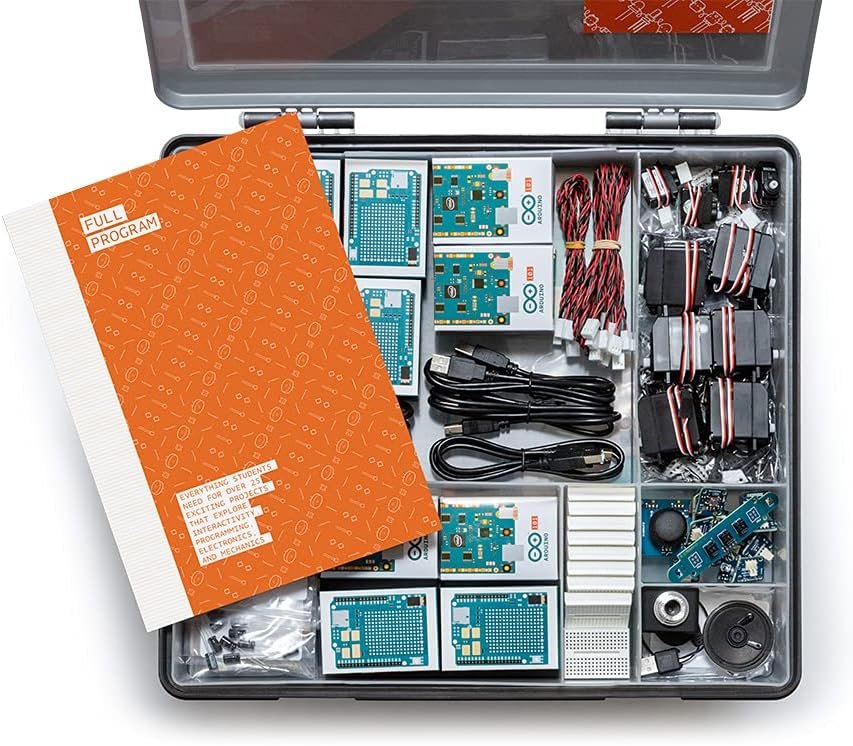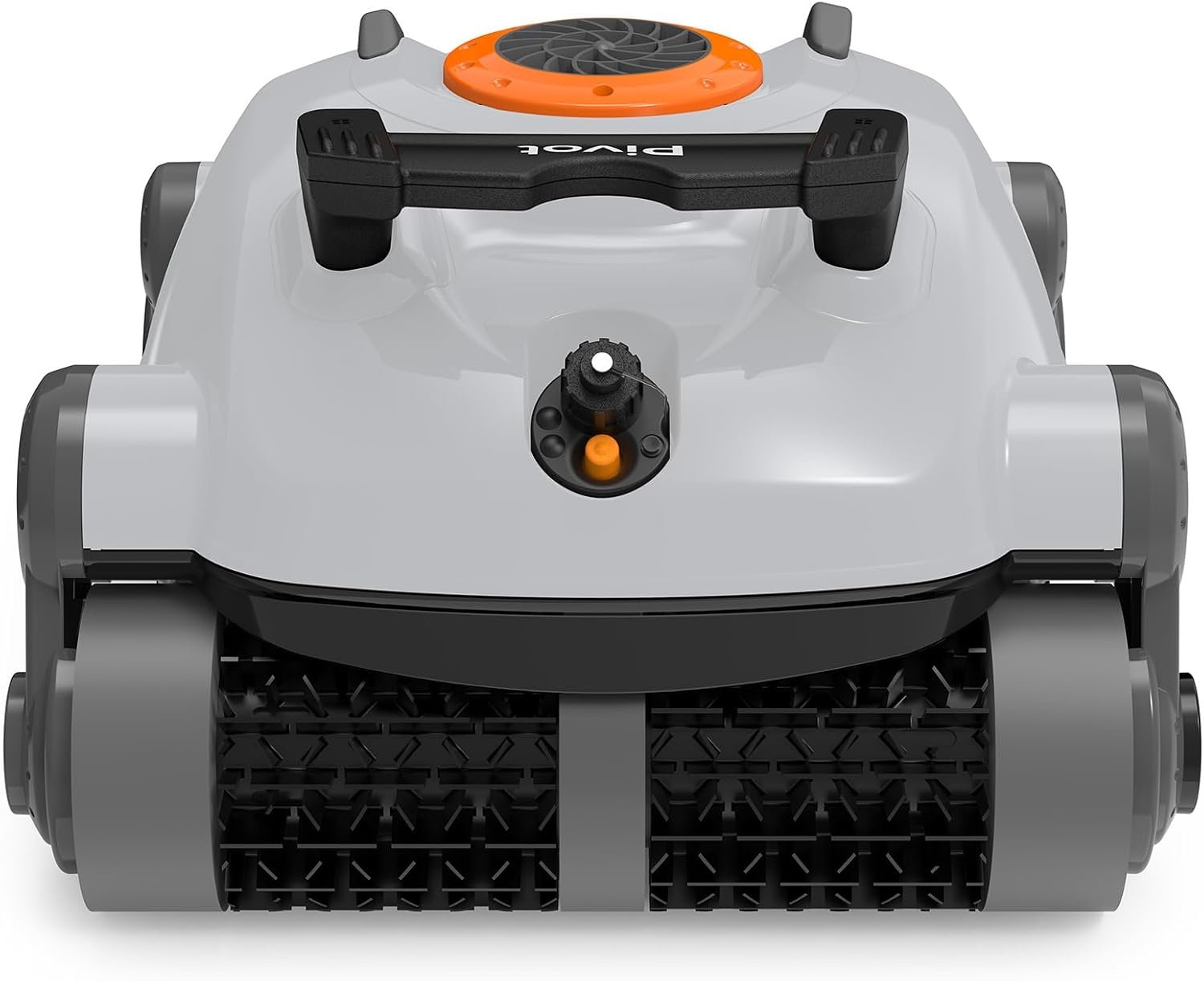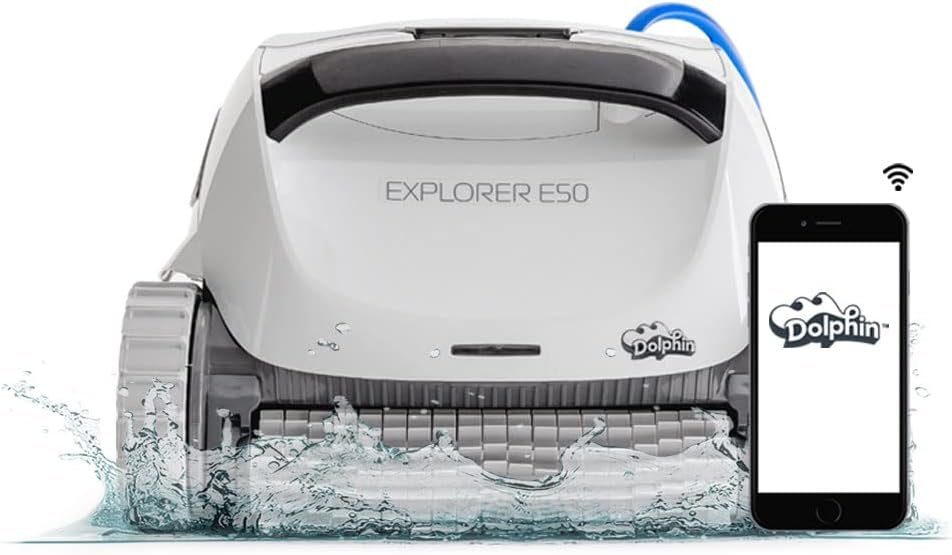
Using a set of microcontroller-based introductory guided exercises based on the popular Arduino platform, mechanical engineering professor Musa Jouaneh draws from decades of academic experience in bridging the areas of mechanical engineering, electrical engineering, and computer science to introduce both a high school and college audience to the fascinating field of mechatronics. His book Arduino-Based Introductory Guided Exercises in Mechatronics teaches the skills needed for Arduino coding through guided exercises, covering and incrementally building the tools needed in many introductory areas at the foundation of the mechatronics and robotics disciplines. Through the exercises, students will be equipped with the theory and background in Arduino programming, circuitry, and mechatronics elements and will gain practical experience with instrumentation, basic electrical circuits and electronics, and control software among other fundamental concepts. The exercises are designed to be completed either through self-learning or in a classroom setting, and following their completion, readers should be able to build, design, and develop hardware and code for a variety of mechatronics and robotics projects.
This book has the following features:
Covers concepts and topics associated with high school or introductory college courses on this subjectCan be used for self-teaching or as a book in a classroom settingFocuses on both the software and hardware aspects of mechatronicsIncludes background information on electric circuits, the Arduino programming language, and microcontrollers; assumes that the reader has little or no previous experience in programming or electric circuitsUses guided exercises that readers can easily follow to build expertise in this subjectProvides the reader with a list of concepts that will be mastered by completing each of the included twenty labsUses low-cost components that can be purchased as a kit, and additionally just requires a multimeter, a computer/laptop, and an optional box of jumper wires to do all the included exercisesProvides hints for some of the exercisesHas brief questions at the end of the chapters and labs to test readers’ understandingHas answers to selected lab exercises and questionsIncludes two worked projects and hints and details on four other suggested projects that expand on the topics covered in the guided exercisesComes with a companion website that features visual media for selected labs and exercises so readers can view the wiring diagrams in detail and see a video demonstration of many of the exercises and projectsProvides a link to a GitHub repository that has a copy of all the code used in the lab exercises
The included exercises do not require more materials than a multimeter, an Arduino board, a few components, and a computer/laptop. The most cost-effective way to complete them is to buy a kit that has an Arduino board bundled with components such as resistors, LEDs, wires, motors, and a breadboard. This book makes use of the RexQualis Super Starter Kit based on Arduino UNO R3, which is available on Amazon for under $40. Alternatively, you can use another kit if it has similar components, an example being the ELEGOO UNO Project Super Starter Kit, which has the needed components for this book but offers a 9V battery in lieu of the 9V adapter. In addition, a basic multimeter is needed, which can also be purchased for less than $15 on Amazon. If you already have an Arduino board, then you can simply buy an electronics components kit such as the RexQualis Electronics Component Fun Kit, which has fewer components than the previous kit and is sufficient to complete most of the exercises in this book except for Labs 15, 16, 18–20, and some of the projects.
ASIN : B0BPGJM4BN
Publisher : Independently published
Publication date : December 12, 2022
Language : English
Print length : 153 pages
ISBN-13 : 979-8849033839
Item Weight : 13.7 ounces
Dimensions : 8.5 x 0.35 x 11 inches
arduino ,


